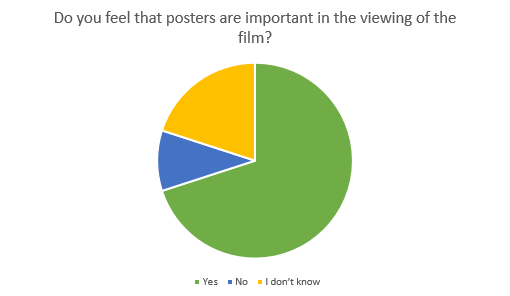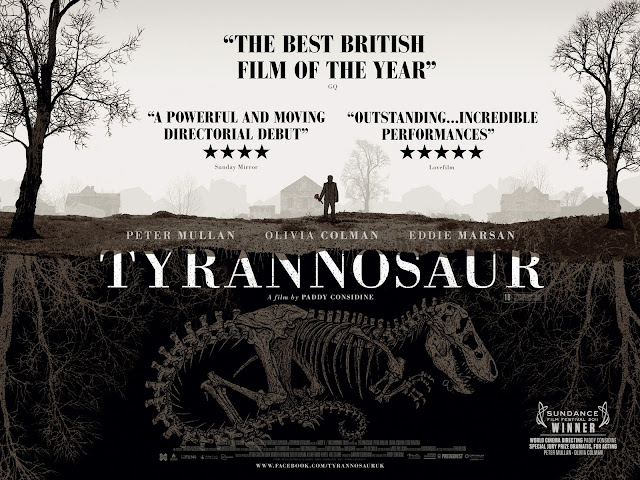In order to understand how sound is used, and how it is added in within the post production stage, I used the Panasonic AVCCAM AG-HMC41E, which doesn't record sound. This meant that I needed to rely on the external microphone that I was going to use to add realism to my recordings. I used the Tascam DR-40 Voice Recorder, with a Sennheiser shotgun microphone attached to a boom pole.
This activity was carried out as a part of a group exercise. My peers and I each took a turn playing the role of; camera operator, sound operator/director, boom operator, using the clapper board and being part of the action. The person carrying out the action also took the role of First Assistant Director, in which they called out signs and directions for the other team in the production.
The set task to improve the knowledge of my peers and I was as follows. We needed to record two sounds, using the sound and camera equipment, along with the clapper board so that it would make it easier to match the video and audio tracks in editing. Each person was to take on each role once, and we were to practice answering to the calls of the First Assistant Director.
Evaluation
To start with, it was quite challenging to match the audio with the video, although I now understand how useful the clapper board is in providing the editor with an aid to get sound and video running together.
I chose to use the sounds of a pencil scribbling on a piece of paper, and that of a set of keys being shaken about. These were both quite continuous sounds, which I think would have been easier to have got away without synchronising the tracks perfectly, as opposed to an indivdula sound, such as a door slamming. However. I did find with the pencil, particularly at the end of take three when the actor makes an individual mark, that the sound reflects this, meaning that it was synced quite well. Meanwhile, it is difficult to see where exactly the keys are making sound, and so this was easier to match to the action as it is likely that the jingling would look and sound realistic, even with a difference of a few frames between the two tracks.
The sound is much clearer than if I would have used an internal microphone, as the external microphone can be pointed straight at the source of sound, without impacting the camerawork. Therefore, I will be using the external microphone where necessary in my short film.





































